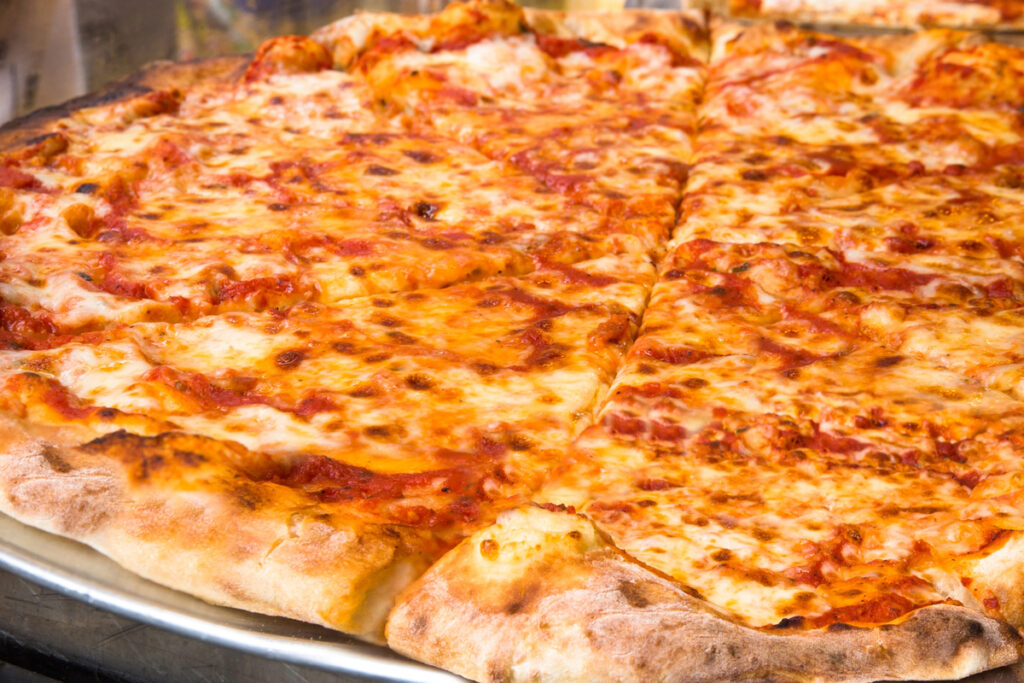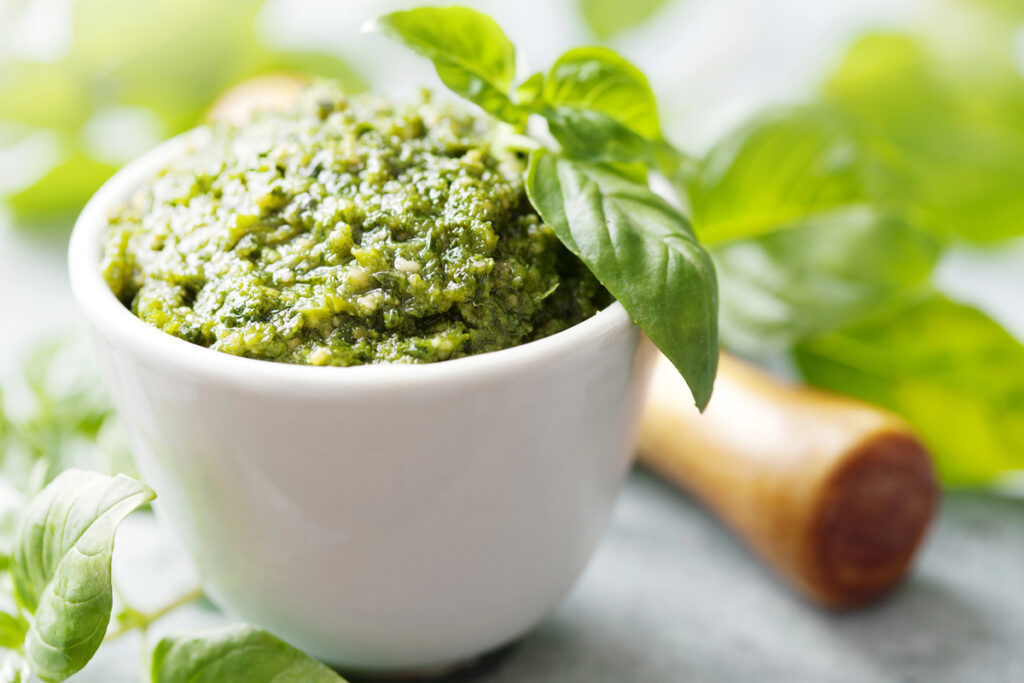15 Foods That Are Known for Causing Major Foodie Debates
Food is not just a source of nourishment; it’s deeply tied to traditions, identities, and beliefs. Across the globe, certain foods have sparked passionate debates, not just about taste but also ethics, history, and preparation methods. Whether it’s disagreements over authenticity, dietary choices, or cultural appropriation, these foods continue to divide opinions while bringing people together in conversation.
Pineapple on Pizza

Few food debates are as heated as the one over pineapple as a pizza topping. Supporters love the sweet and savory contrast, while purists argue it doesn’t belong on a traditional dish.
Originating in Canada, Hawaiian pizza has sparked arguments worldwide about what makes a pizza “authentic.” Restaurants often split their menus to accommodate both sides of the debate. This simple fruit has turned into a symbol of culinary rebellion for some and a travesty for others.
Avocado Toast

Avocado toast has become a modern icon, especially among younger generations, but it’s not without controversy. Critics label it as overpriced and unnecessary, blaming it for millennial spending habits. Others argue it represents creativity and health-conscious choices in contemporary cuisine.
Its rise in popularity has also ignited discussions about gentrification and the commodification of simple, traditional foods. Despite the backlash, avocado toast continues to dominate brunch menus globally.
Foie Gras

The luxurious French delicacy of foie gras sparks significant ethical debates. Animal rights advocates condemn the practice of force-feeding ducks and geese to produce the fatty liver required for the dish. Fans, however, praise its rich flavor and centuries-old tradition in culinary arts.
Some countries and cities have banned its production, igniting further debate over cultural heritage versus animal welfare. The divide often pits chefs and gourmets against activists and lawmakers.
Sushi Burritos

Sushi burritos combine Japanese sushi with the convenience of a handheld wrap, creating a divisive fusion food. Traditionalists argue this invention disrespects the art of sushi-making, which emphasizes precision and balance.
Fans of sushi burritos, however, love the innovation and accessibility it offers. The dish also raises questions about cultural appropriation and the blending of global cuisines. Despite the controversy, its popularity continues to grow in urban food scenes.
Durian

The durian fruit, known as the “king of fruits,” divides people with its strong odor and polarizing taste. Some cultures revere it as a delicacy, while others ban it from public spaces due to its pungency.
Fans describe its flavor as creamy and complex, while detractors compare it to rotten onions. Its cultural significance in Southeast Asia clashes with its reputation in Western countries as an exotic oddity. This debate extends to whether its aroma is a gift or a curse.
Chicago vs. New York Pizza

The rivalry between Chicago’s deep-dish pizza and New York’s thin crust has been ongoing for decades. Both styles have loyal fans who claim theirs is the superior version of pizza.
Deep-dish enthusiasts appreciate its hearty, casserole-like layers, while thin-crust supporters value the portability and simplicity. The debate often revolves around what defines “real” pizza. This culinary rivalry has become a hallmark of regional pride in the United States.
Vegemite

Vegemite, the iconic Australian spread, has sparked international taste debates since its creation. Australians enjoy its salty, umami flavor, often spreading it thinly on toast with butter. To many outsiders, however, its taste is overwhelmingly strong and unpleasant.
The spread symbolizes Australian identity, yet its polarizing flavor often confuses visitors. Vegemite’s unique taste profile continues to inspire curiosity and strong opinions worldwide.
Chicken Tikka Masala

Chicken tikka masala often ignites debates about authenticity in Indian cuisine. While it’s widely associated with Indian food, many argue it was created in Britain, adapting Indian flavors for a Western palate.
Its origins remain unclear, with both sides staking claims. Some see it as a cultural bridge, while others view it as an example of diluted authenticity. The dish’s history highlights complex issues around immigration and culinary evolution.
Spam

Spam, the canned meat product, is a food with a love-it-or-hate-it reputation. In some cultures, it is a nostalgic staple or even a luxury ingredient in dishes like Spam musubi. Others dismiss it as overly processed and unhealthy. Its popularity in regions like Hawaii and South Korea contrasts sharply with its often-derided status in Western countries. The divide reveals how history and necessity shape food preferences.
GMOs

Genetically modified organisms (GMOs) in food spark some of the most polarizing debates in modern agriculture. Proponents argue they improve crop yields and reduce hunger, while critics worry about health risks and environmental impact.
The use of GMOs has led to clashes between corporations, scientists, and activists. Cultural values around natural farming methods often drive these disagreements. The debate continues to shape policies and consumer choices globally.
Ketchup on Steak

Adding ketchup to steak is another culinary choice that divides opinions sharply. Purists insist steak should be enjoyed with minimal condiments to savor its natural flavor. Others see ketchup as a personal preference that shouldn’t spark judgment. The debate highlights larger questions about food etiquette and individual tastes. Many chefs see it as an insult to their craft, while some diners enjoy breaking the rules.
Milk in Tea

The argument over whether to add milk to tea is a long-standing cultural debate, particularly in Britain. Some tea drinkers view milk as essential for achieving a perfect cup, while others prefer tea in its pure, unadulterated form.
The order of pouring—milk first or tea first—has also sparked heated discussions. These disagreements reflect deeper cultural and generational divides. Tea, often considered a unifier, ironically becomes a source of division here.
Hot Dogs: Sandwich or Not?

The question of whether a hot dog is a sandwich has fueled countless debates among food enthusiasts. Some argue it fits the technical definition of a sandwich, being meat between bread.
Others claim its unique form and cultural identity set it apart. The debate often highlights the differences between literal definitions and cultural perceptions. Despite the lighthearted nature, this topic has surprisingly passionate defenders on both sides.
Pine Nut Pasta Sauce

Pine nut pasta sauce, often referred to as pesto, has caused debates over what qualifies as “authentic.” Traditional recipes use basil, garlic, olive oil, and Parmigiano-Reggiano, but modern variations include ingredients like kale or almonds.
Purists argue that only the traditional recipe should be called pesto. Fans of the variations, however, enjoy the creativity and accessibility they offer. The debate touches on how far a recipe can evolve while still honoring its roots.
Thanksgiving Turkey

Thanksgiving turkey has long been a contentious centerpiece of the holiday. Some families argue over the best way to prepare it—roasting, deep-frying, or brining. Others debate whether turkey should remain the star of the meal or be replaced with ham or vegetarian options.
The bird’s association with tradition makes it difficult to imagine Thanksgiving without it, but changing preferences challenge that idea. These debates often become a reflection of broader shifts in family traditions and dietary habits.
15 Things That Have Become So Expensive People Are Giving Them Up

With the cost of living steadily increasing, people are being forced to rethink how they spend their money. Many everyday items, services, and activities have become too expensive to justify.
15 Things That Have Become So Expensive People Are Giving Them Up
15 Things You Should Never Share With Anyone

While sharing personal information has become increasingly common, it’s essential to recognize that not everything is meant to be shared with others. Some aspects of our lives are best kept private to protect our well-being, relationships, and sense of self.







